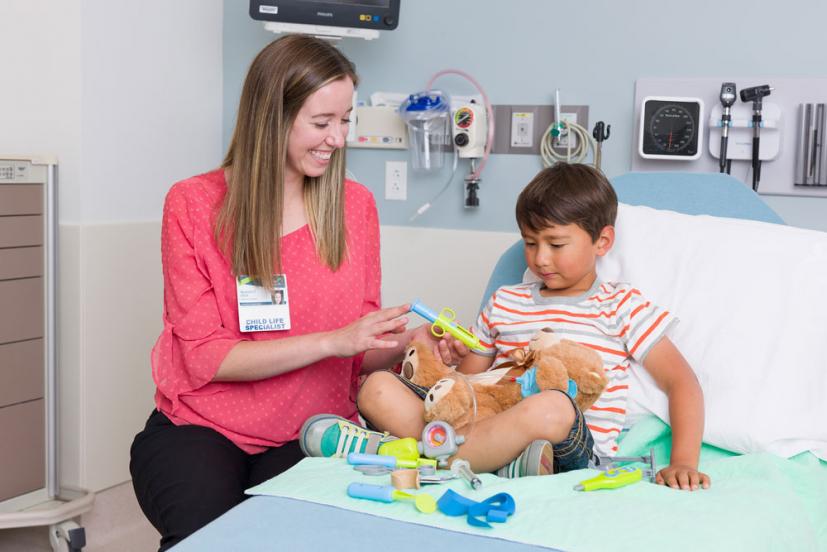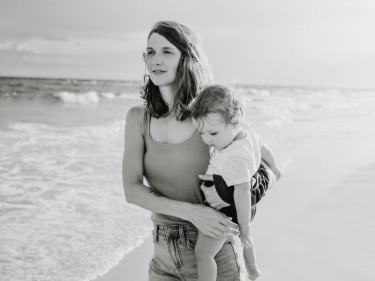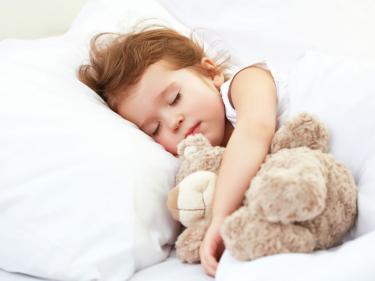Making the ED Less Scary for Kids

Marin Mommies presents a sponsored article from MarinHealth Medical Center in Greenbrae.
The young boy was bleeding from a deep cut on his eyebrow when his parents brought him in to the Emergency Department (ED) at MarinHealth® Medical Center. It was clear the child needed stitches, but he was crying hysterically and too frightened to let anyone examine the injury. Mommy cuddled and daddy cajoled, but they just couldn’t calm him down.
That’s when the ED’s Child Life Specialist, Shandra Taylor, MS, CCLS came to the rescue, equipped with playdough, a stuffed animal, and a bubble gun. In a matter of minutes, Shandra had him laughing, smiling, and popping bubbles. To the great relief of his parents, the little boy even let the doctor examine his injury. Shandra stayed in the room, playing games with the young patient while the doctor stitched him up.
Affectionately known to her ED colleagues as “Mary Poppins,” Shandra has quite the bag of tricks. Buzzy Bee is used to help manage pain during needle sticks. Stress balls give youngsters something to squeeze when they feel nervous. Light up toys keep infants and toddlers entertained. But as Shandra explains, the most important aspect of her role is “To put the child and family at ease by validating their experience and feelings. I use my expertise in child development to explain procedures and treatments in an age-appropriate way, using play to bring a sense of normalcy, while supporting them in finding coping strategies to reduce fear, anxiety, and pain.”
Child Life Specialists’ Expertise
Child Life Specialists are clinically trained in the impact of illness or injury on a child’s development and emotional well-being. Their expert services include:
- Explaining illness, injury, and medical procedures to a toddler, child, or teen in a developmentally and psychologically appropriate way, using props such as dolls and pretend medical equipment when dealing with younger children
- Engaging in evidence-based, age-appropriate therapeutic play and distraction techniques to reduce a child’s fear, anxiety, and pain
- Offering children who are hospitalized opportunities for play and creative activities
- Providing information and support to the child’s family
- Working with parents to alleviate their child’s fear and stress
- Using art and play to help children express their anxiety and fears
- Helping children who require lengthy hospitalizations stay on track, socially and developmentally
- Addressing fear, anxiety, and bereavement in healthy children who are visiting a hospitalized relative
- Helping parents understand how to best support their child through a loved one’s illness or death
Child Life Specialist Training
Child Life Specialists are highly trained experts who must meet several requirements before taking the Child Life Professional Certification Examination, including:
- A bachelor’s degree in Child Life, Child Psychology, or a related field such as Human Development, Psychology, or Education
- A master’s degree in Child Life: Individuals with a degree in an unrelated field must complete 10 college-level courses in child life or a related field, at least one of which must be taught by a Certified Child Life Specialist (CCLS)
- A 600-hour internship or fellowship under the direct supervision of a Certified Child Life Specialist
Certified Child Life Specialists work in a variety of settings, including EDs, surgical and intensive care units, pediatric inpatient units, and children’s hospitals. They can also sometimes be found in community outreach programs and special needs camps. Once certified, Child Life Specialists are expected to participate in continued education to maintain their certification.
Our Ouchless ED
Our Certified Child Life Specialist is just one part of MarinHealth Medical Center’s child-friendly protocols as an “Ouchless” ED. Our emergency staff has been trained by pediatric emergency specialists from UCSF Benioff Children’s Hospital to communicate with children in an age-appropriate way. Whenever possible, we use needle-free injections and shot blockers to reduce injection pain or give children medication through alternative methods such as rapidly absorbed atomizers or nasal sprays. We even offer breathing treatment masks with animal faces to encourage compliance.
As Shandra puts it, “Every child and family bring their own set of unique strengths and experiences to the table. It's our job to support them by using their strengths to get them through the often tough and hard things we ask of them in the ED. We want to make their experience as easy as possible! It's a great feeling to know that we are helping children right here in our community.”






